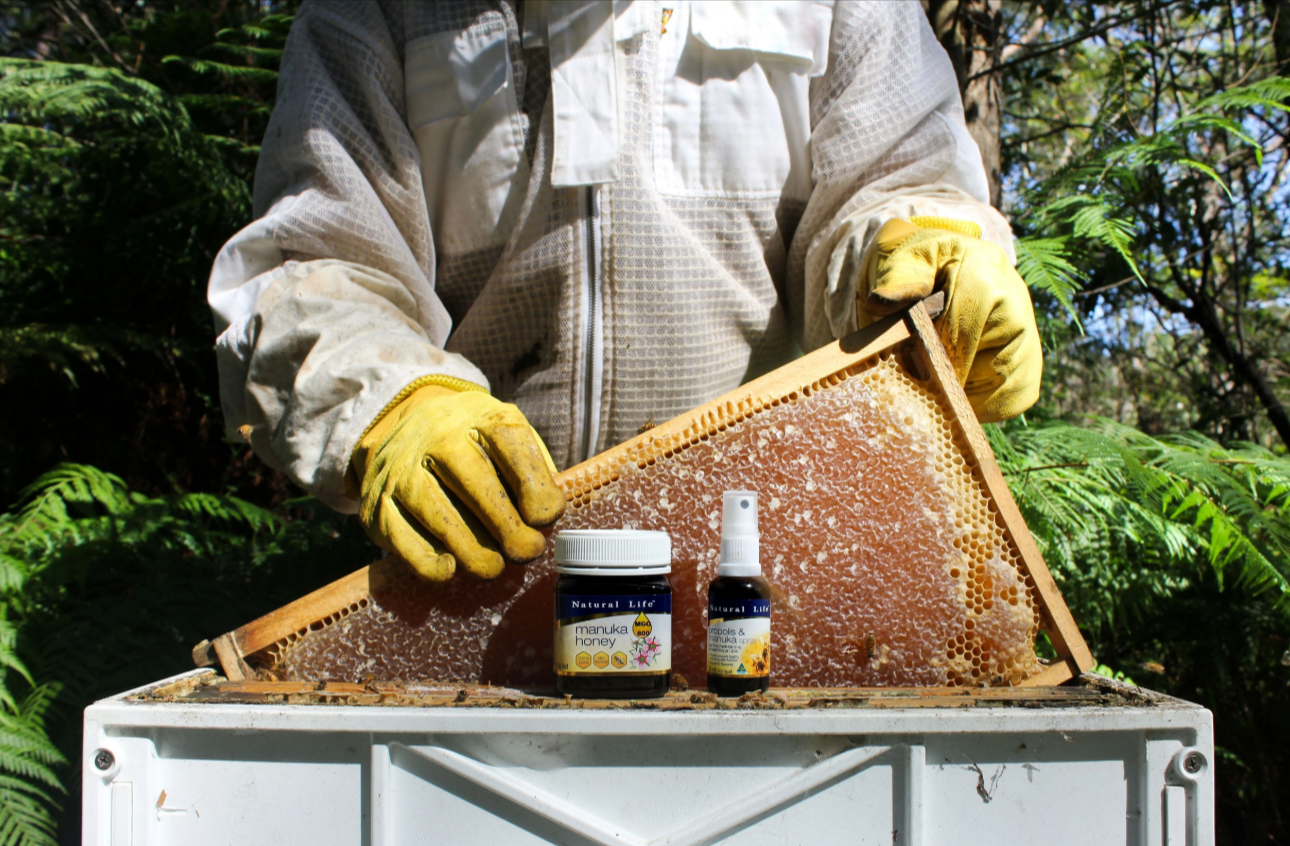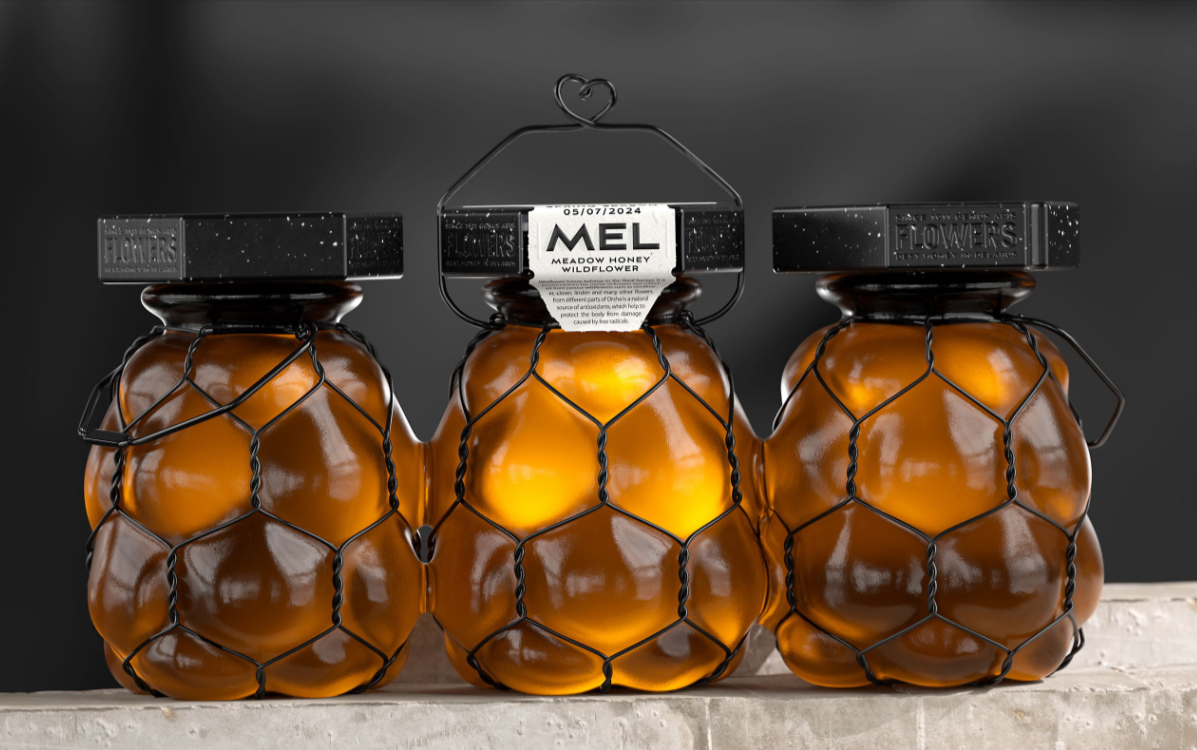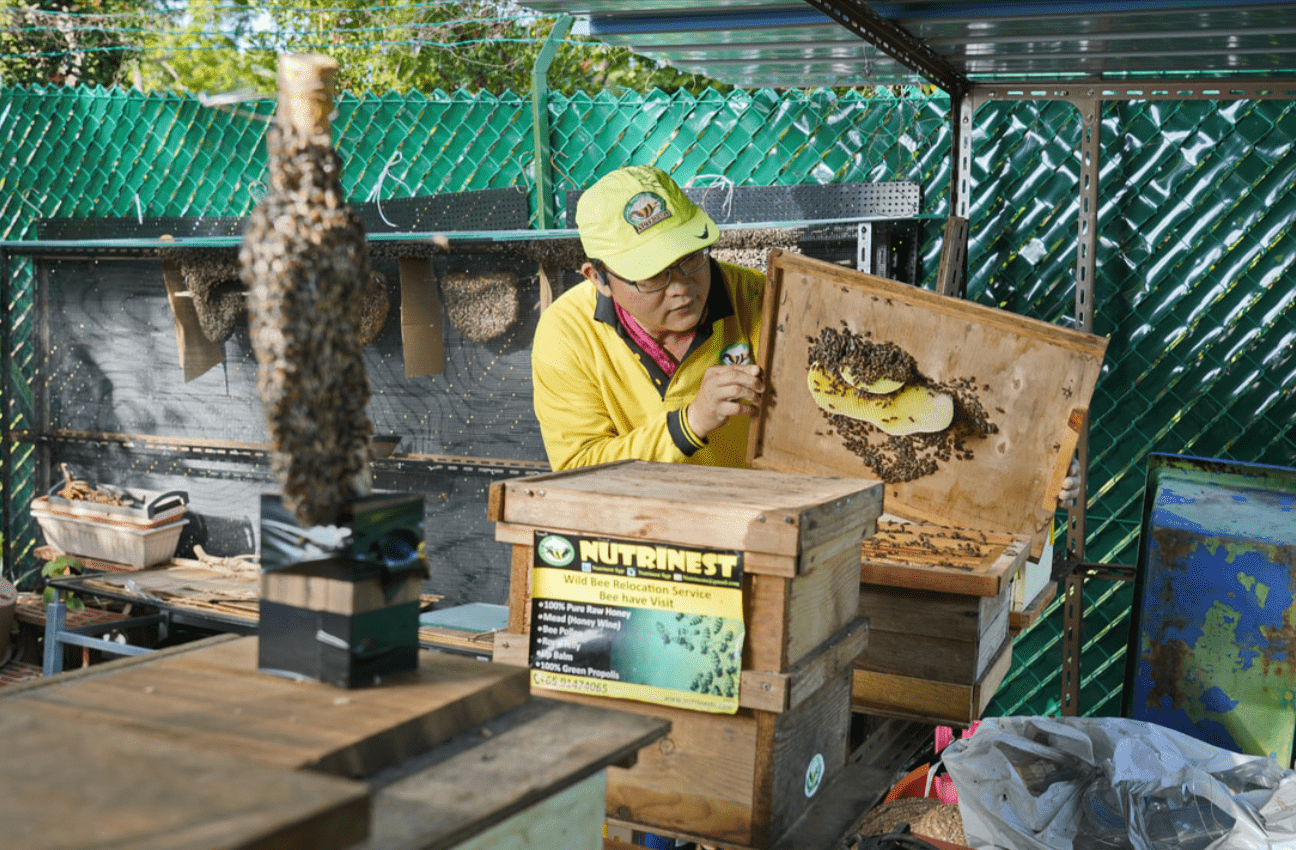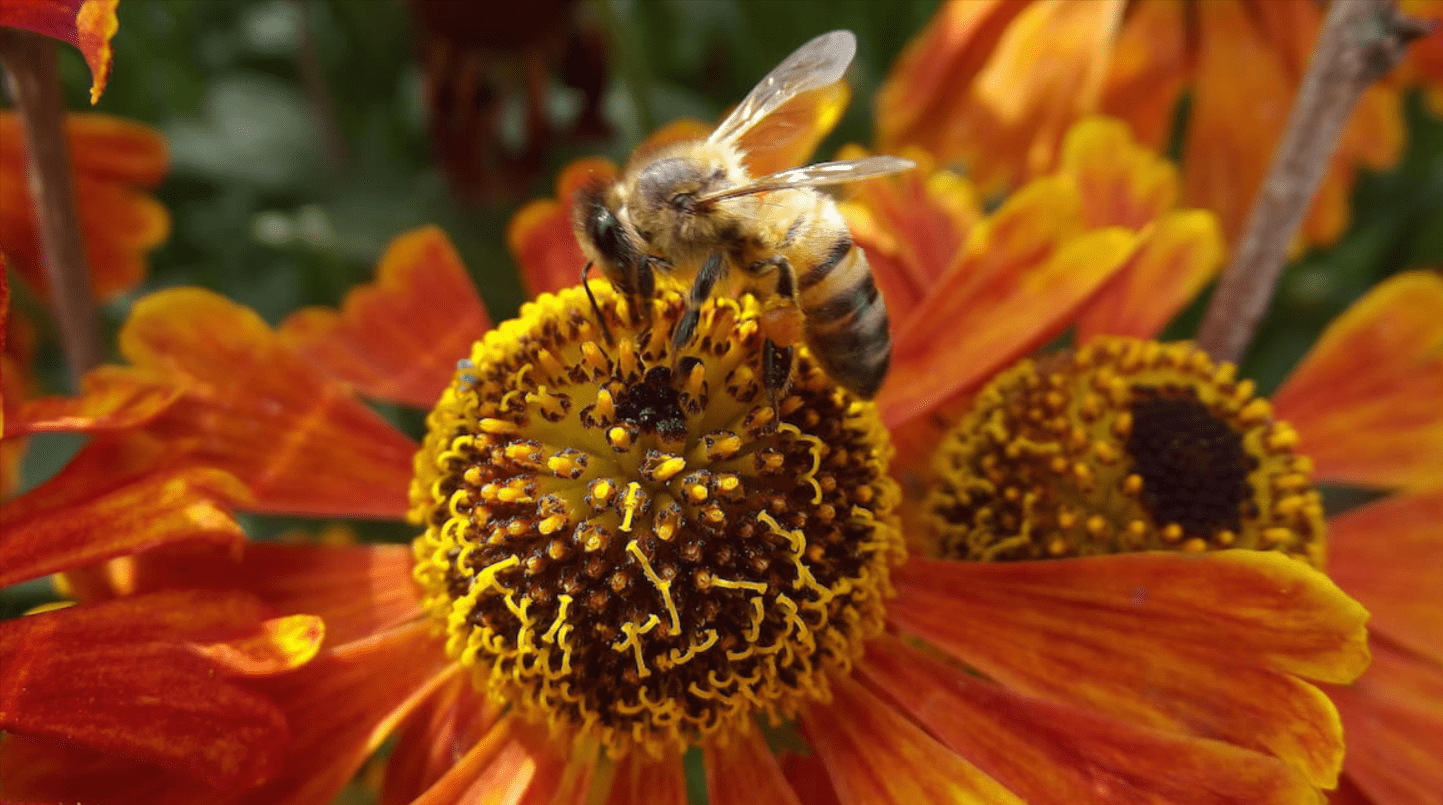The Best Locations for Placing a Beehive
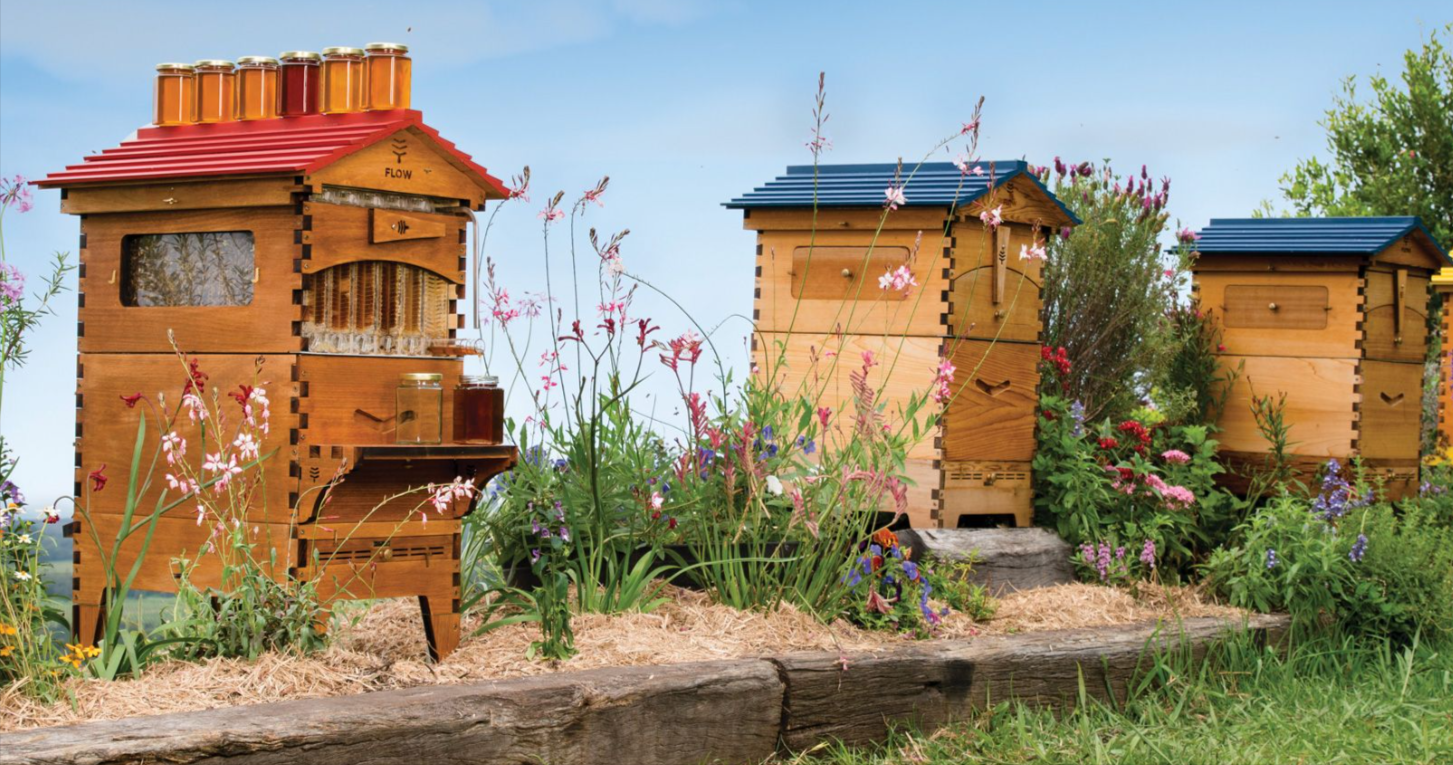
Beekeeping is a privilege and an environmental benefit, but one of the most important decisions a beekeeper has to make is placement of the beehive. Correct location can result in healthy, productive colony; Poor location can lead to stress, which causes disease and reduced honey production.
This guide will give more in-depth information about the best place for a beehive in relation to other important conditions, including sun, windbreaks, accessibility, food sources, and safety.
Why Hive Placement Matters
The placement of a beehive can make all the difference to a colony's health, behavior and productivity. Proper placement at this stage is critical to your bees foraging efficiently, staying protected from inclement weather, and not being disturbed by humans or other animals.
Benefits of Proper Hive Placement:
- Fields of Flowers: For Intensive Honey Harvests
- Protects the colony from harsh weather conditions reducing its stress.
- Reduces the risk of diseases and pests.
- Increases hive stability and ventilation which increases colony survival.
Location is critical for new as well as seasoned beekeepers.
How to Choose the Best Location for a Beehive
There are different factors that affect where the best placement for beehive is. Keeping all of this in mind will help maintain a thriving colony.
A. Sunlight Exposure
- Bees are more active and perform better under warm conditions; thus, sunlight is an important variable.
- Place it to get morning sunlight which warms the colony and gets them active for the day.
- In warmer climates, stay out of excessive heat in the afternoons to avoid overheating. Afternoon partial shade can make a difference.
B. Wind Protection
- High winds can impede the flight of bees and damage the hive.
- And put the hive by natural windbreaks like trees, bushes, fences or walls.
- Don't put hives in sealed areas, they still need airflow for ventilation.
C. Beekeeper's Convenience
- The hive will need to be easily accessible so you can regularly inspect it and harvest honey.
- Make sure there is enough room on all sides to move around the hive comfortably.
- Steer clear of steep slopes or hard-to-reach spots that might get muddy in the rain.
D. What should be the distance from human activity
- Avoid locating hives on high-traffic areas, i.e. pedestrians, sidewalks, patios, and playgrounds.
- Place the hive somewhere where bees can fly back and forth without crossing very much used paths.
- Where you have multiple hives you need to space them apart enough to avoid congestion and aggression.
E. Adjacent Food and Water Supplies
- Bees must have an abundance of nectar and pollen to survive. They do best located near gardens, meadows or flowering trees.
- Do not set hives near monoculture crops that can be sprayed.
- A source of clean water should be placed 50-100 feet from the hive, such as a shallow birdbath with stones, so bees can rest while having a drink.
F. Well-Drained Soil and Dry Ground
- Steer clear of low-lying areas that have flooding or standing water, which can create moisture in the hive.
- Put the hive on slightly higher ground for better drainage.
- Keep the beehive off the ground using a hive stand which will save them from dampness, and pest causes.
Top Locations for Your Bee Hive
A. Backyard Beekeeping
- Great for urban and suburban beekeepers with limited space
- Pick a part of the yard that is as far from people as possible.
- Plant a fence or hedge to direct bees’ flight paths upward and limit interactions with neighbors.
- Confirm local regulations that allow beekeeping in residential areas.
B. Rooftop Beekeeping
- Ideal for urban residents with small ground area.
- Make sure the roof is structurally sound, and that it has ample space for hive inspections.
- Also think about wind protection, since rooftops tend to be more exposed.
- Just like you need water, your birds need a nearby water source to avoid bees looking for water at unwanted locations.
C. Rural or Farm Beekeeping
- Provides sprawling foraging spots, thus making it perfect for honey production.
- Put hives near fields of wildflowers, orchards or gardens with various sources of pollen.
- Do keep hives out of livestock areas to avoid disturbances.
- Protect yourself from predators, such as bears, skunks, and raccoons, using electric fencing if necessary.
D. Keeping Bees in Woodland or Forest Edge
- Offers a natural habitat with a range of nectar-bearing options.
- Avoid dense tree coverage in order to ensure hives get ample sunlight and airflow.
- For better foraging, place the hive close to forest clearings or edges.
- Beware of pest enemies like ants and little mammals.
E. Community Gardens or Allotments
- Great for urban beekeepers to capitalize on all the flowers around.
- Check that your garden allows beekeeping and fellow gardeners are agreeable to bees nearby.
- Teach the community how better understanding of bees can prevent conflicts.
Where NOT to Place Your Beehive
Not everywhere is suitable for beekeeping. Not positioning your hives in the right spots can create issues like stress, disease, and aggression.
A. Places With Frequent Interruptions
- Steer clear of places near busy roads, construction sites, or noisy blocks.
- Do not put hives close to dog kennels or other animals that can disturb the bees.
B. Cold, Shady, or Damp Areas
- Excess moisture and slow hive activity happen in excessive shade.
- Do not place hives in damp valleys or poorly draining areas.
C. Near Pesticide-Treated Crops
- Croplands where pesticides are used expose bees to toxic chemicals.
- If you cannot avoid siting a hive near farmland, contact the farmer and inquire whether he or she implements bee-friendly pesticide management.
D. Regions with Harsh Artificial Lighting
- Streetlights or outdoor lights can interfere with bees’ natural rhythms, leading them to leave the hive at night.
- Pick a dark place to avoid unnecessary activity.
Best Location Tips for a Hive To Keep
Once you've placed the hive in an optimal location, it will need to be managed regularly to remain healthy.
Regular Maintenance Steps:
- Expression Check Queen cells Examine Pests on a brood frame Honey Color Check Honey frames All frames Check Frames on Queens Hive Cells Inspection
- Move if Required: Move the hive if you're in a poor location with a weak hive — or if it is something to fix that way.
- Offer Some shade during hot weather: If the hive seems like it is getting overheated in the summer, use a shade cloth.
- Clean water source: Make sure you provide fresh water for bees, as they also need above all.
Conclusion
The placement of a beehive is critical to keeping a good, healthy colony. Beekeepers understand that by accounting for things like sun and wind exposure, accessibility, and food sources, they can help create the best environment possible for their bees.
Planning your beekeeping project does both for you, whether it’s in your backyard, atop a rooftop, or in a rural setting. Place your bees right, and they will thrive and produce for years to come.

